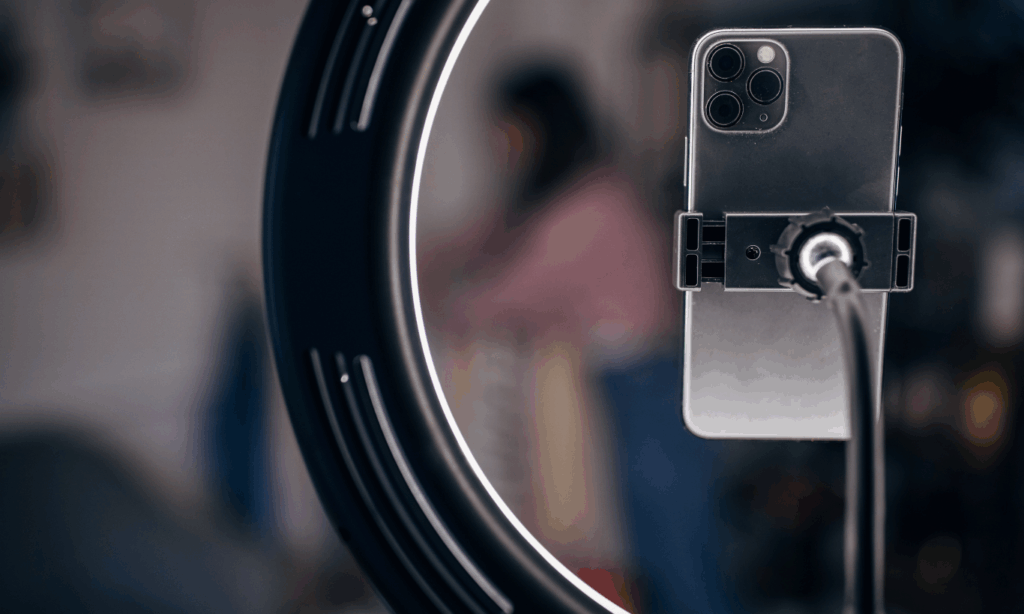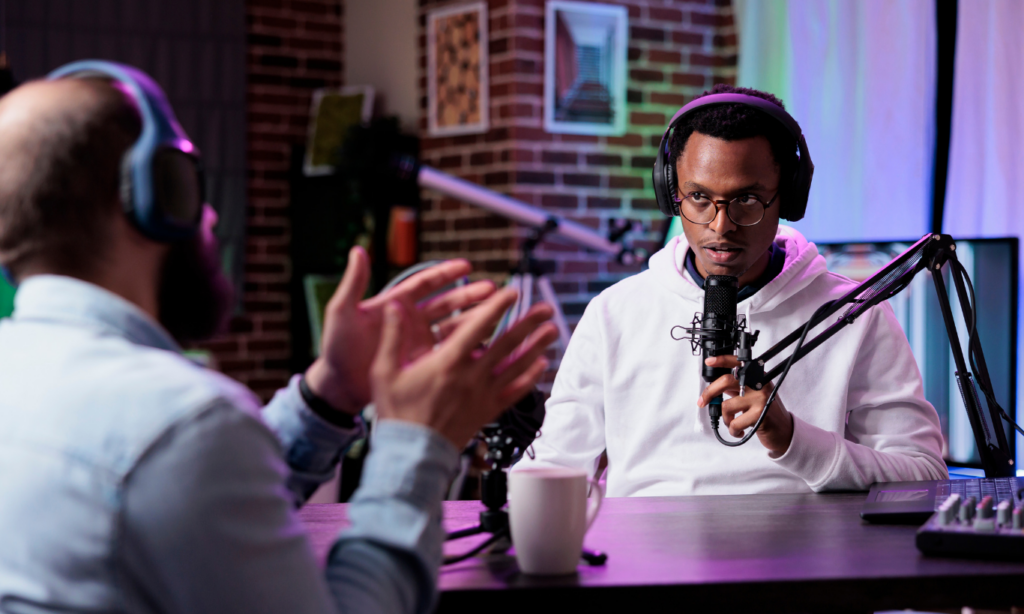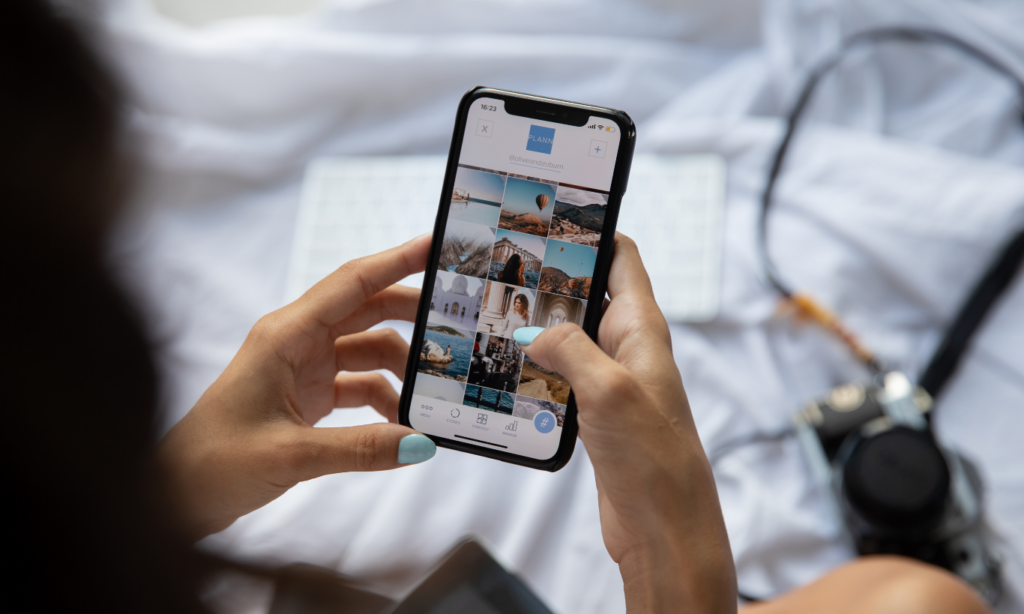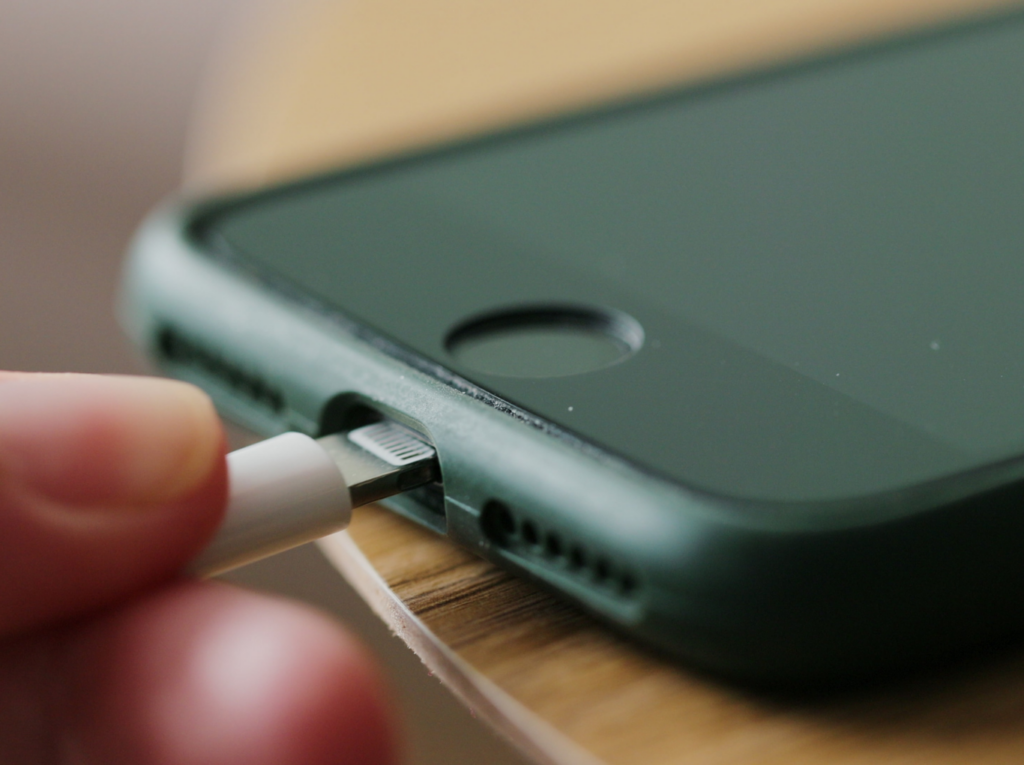Think for yourself: de-influencing hate
Our experiences shape who we are. And, whether good or bad, we’re all influenced by the people and things around us. Everything we experience makes us who we are.
Sometimes we’re influenced online by misleading, or even harmful, content. This can lead us to believe things that aren’t true or reinforce negative stereotypes. Like misogynistic views or ideas about dominance in relationships. And, if you’re influenced online it can affect you in other ways, like how you behave or treat people.
So it’s important to think critically about what you’re seeing online, and decide for yourself what you believe.


How do I know if I’m being influenced?
Influencing is subtle, so it’s not always easy to know when it’s happening to you. Maybe it starts with joke about who’s in control in your relationship, or a sexist or degrading comment.
But sexism is never casual, and degrading jokes aren’t ‘just a bit of fun’. Content that’s spreading hate is trivialising real-life harm to women and girls. In some cases, it’s excusing abuse.

Truth or scare?
Influencers can be very persuasive. You might not agree with everything they say, at least at first. But maybe some of what they say makes sense. They’ll often say things like they’re the only person that’s bold enough to tell the truth. Or they might say something controversial to provoke a strong reaction. It might make you feel angry or scared. Or even excited.
Influencers use lots of tricks to hook you in and boost their content. And they might not be obvious. Even if some posts seem fine, any engagement can boost the more extreme content.
It’s easy to fall into an echo chamber on social media. The algorithm is designed that way. But it can be harmful to only see and hear one point of view.
If your feed is a positive space, it’s still important to listen to and understand different points of view. Empathy is really good for us.
But if it’s a negative space, then things can quickly get toxic. It can make you feel isolated, angry or insecure and you can become desensitised to harmful content. So you might not notice that what you’re seeing is damaging or extreme.


Spotting misleading, extreme and harmful content
If the signs of influencing are subtle, how do you spot them? And if you’re worried that’s happening to you or affecting someone you know, what do you do?
Influencers depend on people engaging with their content. The more their ideas and opinions are commented on or shared, the more quickly they spread. And if harmful or extreme content becomes more widespread, it can quickly become normalised. That can lead to more extreme content, and it can start to make extreme or harmful behaviour offline seem ok. But you can change this. By thinking critically online you can spot harmful influences and content, and stop them being shared more widely.


Question what you’re seeing
Before you engage, take a step back. Not everything you see online is true, or shared for good reasons.
Ask:
- Why are they sharing this, and why now? What do they get out of it? Are they being paid? Perhaps they’re promoting a specific lifestyle?
- Where has the content come from? Can you trust the source? Is it from a reputable site or creator? Do they have knowledge about this area?
- Is there another side to the story? No matter how convincing a particular viewpoint is, there’s always another perspective. What does that tell you about what’s being shared?

Check it before you share it
Misinformation, and disinformation is everywhere. Some people and posts are obviously fake. But what if someone or something seems pretty genuine? That should be fine, right?
The truth is, we never really know who we’re talking to online. And in a world of deepfakes not everything is as it seems.
So, think critically and maybe do a deep dive. Have you seen, or can you find, similar content elsewhere? Check various sources to see if they back up what you’ve seen. Take a look on fact checkers like BBC Verify, Snopes and Full Fact. If images or video have been shared, do a reverse image search.


Don’t take the bait
Some content creators and influencers use ragebait – post designed to outrage – to get engagement. And clout chasers will deliberately create drama.
But every action you take feeds the algorithm.
If you comment, even if you’re disagreeing, then you amplify their voices. And if you share misleading or harmful content, even as a warning to others, you’re boosting it.
Instead, ignore it. If the content is harmful, block and report it.

Make time to unplug
Social media should make you feel good. A place to connect with people and have fun. But it can also be a lot.
Sometimes, it’s time to step away. Unplug. Maybe even do a detox.
It doesn’t have to be forever. But even taking a small time away can have a really positive effect on your mental health.


Creating safer spaces
When hate spreads out, it can often be laughed off as a joke or banter. But sexism, racism, homophobia or other discrimination is never casual. Controlling or coercive behaviour is never ok. And it can quickly escalate into harmful behaviour.
By thinking critically about what you’re seeing online, choosing not to engage with harmful content and – when it’s safe to do so – calling the behaviour out you’re making safer spaces for everyone.
If you want to know more about how you can take a stand against negative influences, Glitch has lots of information about being an active online bystander. You can also report online hate crime to Stop Hate UK.


Get Support!
Looking for help or someone to talk to? Visit our Support Page – we’re here for you!
